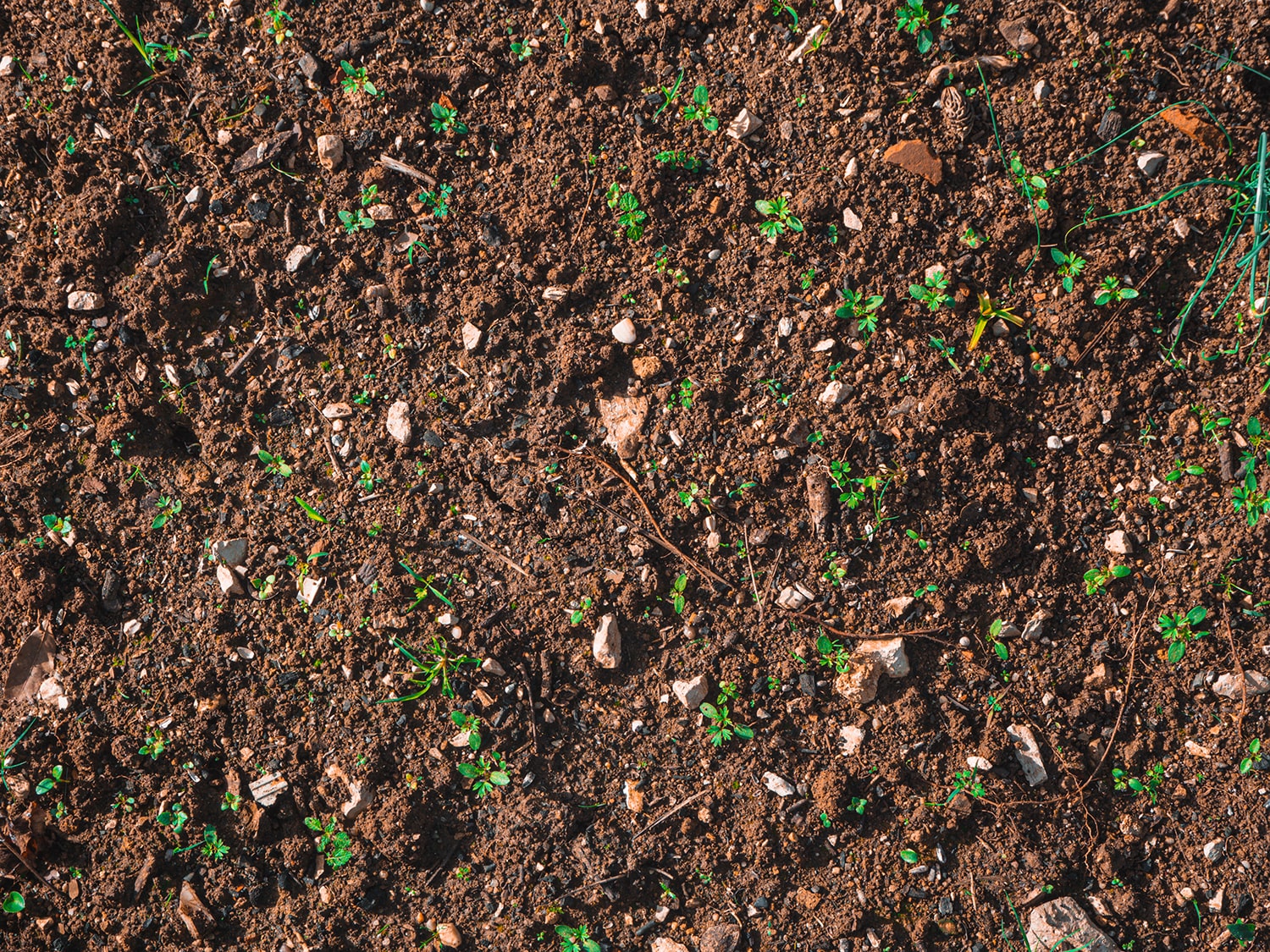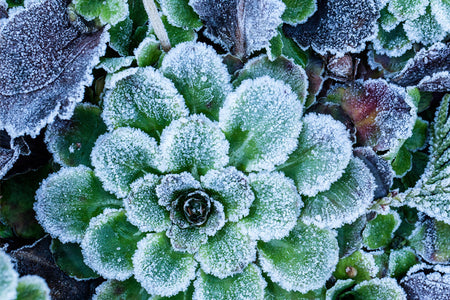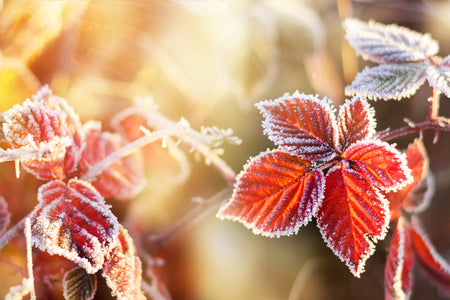The transition from summer to fall does not mean the end of the gardening season. In fact, thanks to cooler temperatures, it’s an excellent time to plant hydrangeas, bulbs, and other flowering shrubs and trees.
Fall plants, like shrubs and perennials, prioritize root growth and fortification — instead of leaf production and flowering — in the milder weather. So, compared to the hot summer months, they need less maintenance as they establish strong root systems before the cold weather arrives.
Here are five fall gardening tips for what, when, and how to plant this autumn.
1. Buy the right plants
Go online, head to your library, check your growing zone, and visit local nurseries for some ideas and inspiration about which fall plants are best for your area. This is also the time to take advantage of sales at nurseries. Since late September through mid November is your ideal fall planting window, you should be researching and buying your plants around Labor Day.
Some of the best fall plants include
- Shrubs like privets, burning bushes, and smoke bushes
- Cool-season annuals like poppies, petunias, snapdragons, crocuses, and daffodils
- Bold, colorful perennials like stonecrops, begonias, and tickseeds — as long as you protect them from frost with shredded leaves or mulch
2. Scope out your garden
Before you start digging holes for your new plants, take a stroll around your garden and map out the best places to plant your fall flowers — specifically areas with a ton of sun exposure and room to grow. It’s also smart to stay away from large shade trees as they prevent your plants from receiving the water and nutrients they need. With proper time and space to establish roots, your plants will really come to life — or even bloom — come spring.
3. Use an auger to plant
Once you’ve purchased your plants and mapped out the perfect spots for them in your garden, it’s time to get them in the ground — ideally, at least six weeks before the ground freezes.
To plant them properly — even in hard-packed soil — it’s best to use an earth auger, which allows you to save both time and labor digging perfectly spaced holes. (The depth of each hole should be made according to the tree/shrub tag. For bulbs, a good general rule of thumb is three times the height of the bulb.)
Place your plants in their new homes, water them, and add a layer of organic mulch (a blend of dirt, compost, and pine straw) around them to conserve moisture and help prevent shock from winter freeze-thaw cycles.

4. Keep calm and maintain on
Though not a physical tool, patience is the key to any fall gardening tips. In the fall, since the sun is not as high in the sky nor out as long as it is in the summer, plant growth spurts are less evident. This makes even the most experienced gardener feel like they’re doing something wrong when they’re perfectly on track.
Your fall plants will thrive as long as you’re watering your plants, removing weeds and any pest- or disease-ridden plants, and adding mulch again after the ground freezes to stabilize the soil temperature (a 2- to 4-inch layer of mulch over the crown of your perennials should do the trick). For watering, gradually go from weekly watering to biweekly or monthly watering throughout the fall.
5. Mow your leaves
For extra nutrients, skip raking and mow your leaves instead. Breaking your leaves into smaller pieces helps them decompose quicker, return organic matter into the soil, and, most importantly, serve as an excellent insulator for your fall plants. (You don’t have to worry about raking or bagging piles and piles of leaves, either!)
Combined with the right plants and tools — and a little bit of patience! — these fall gardening tips will help you create a garden you can enjoy for months to come.







